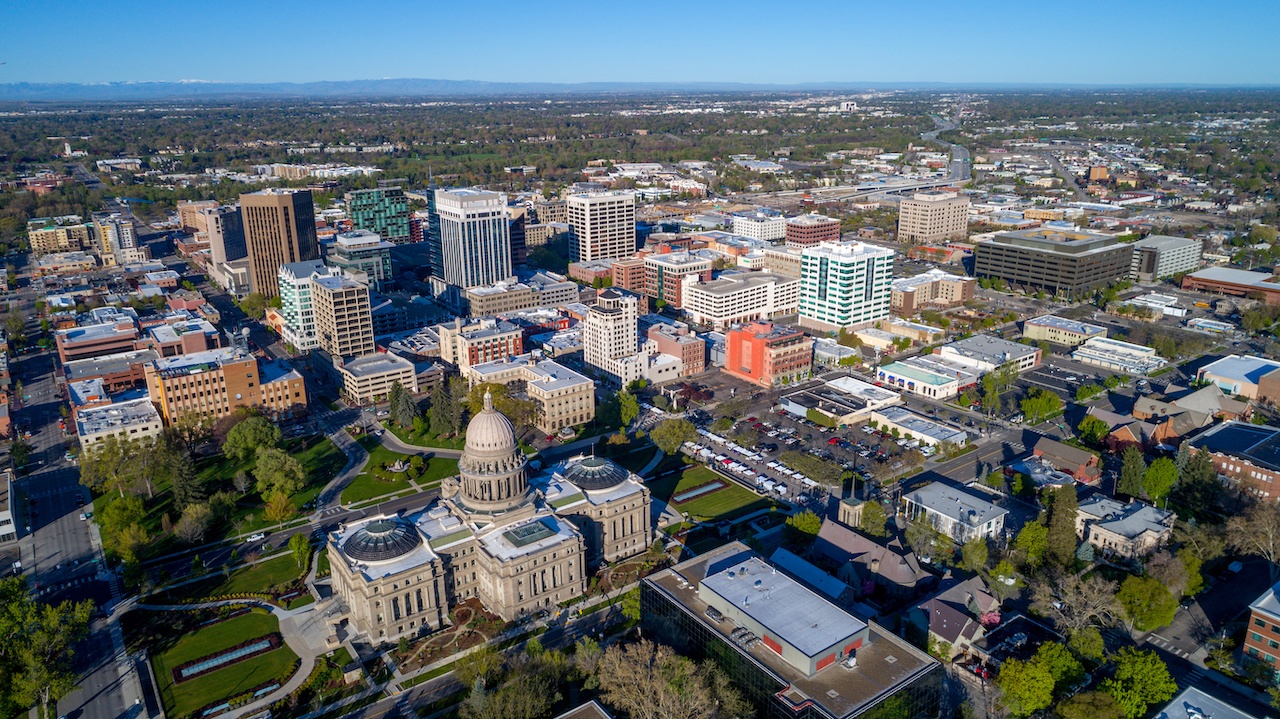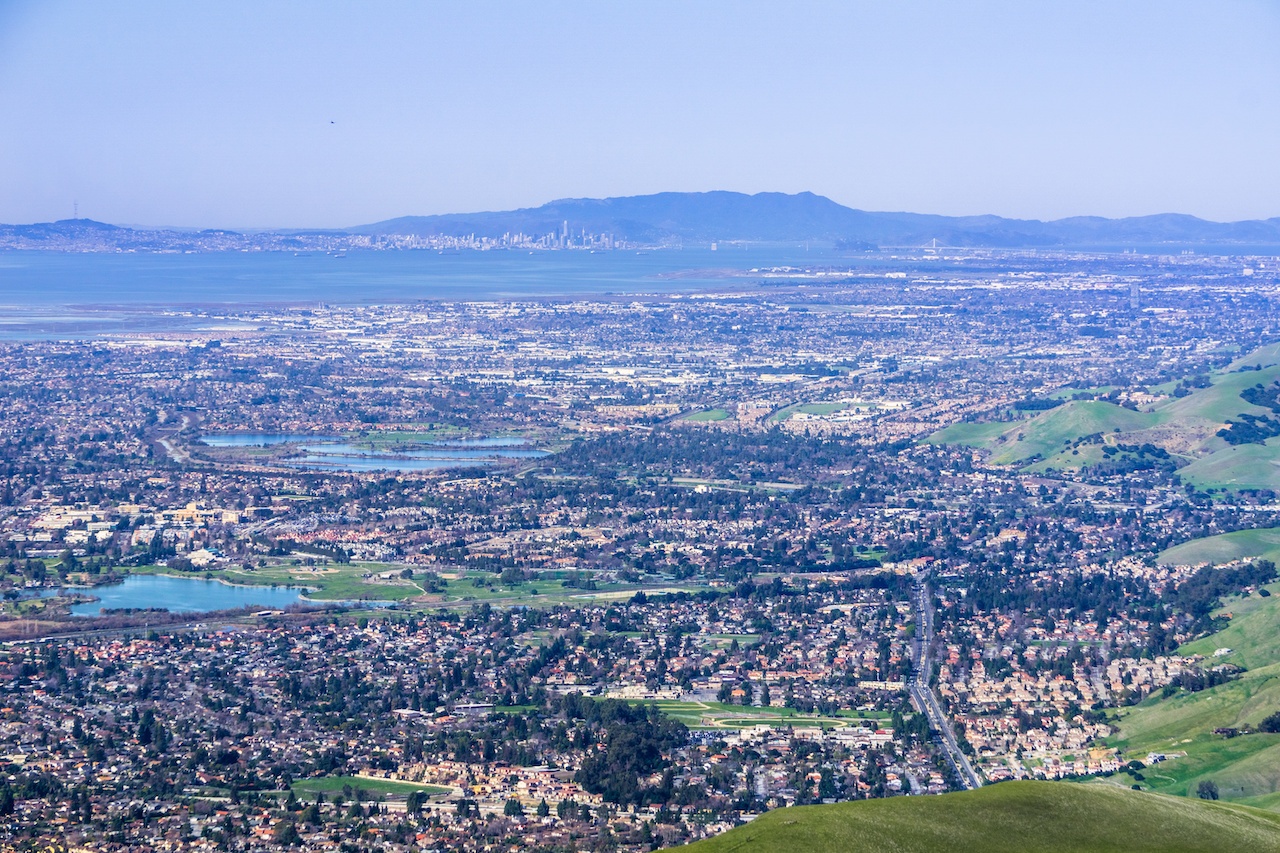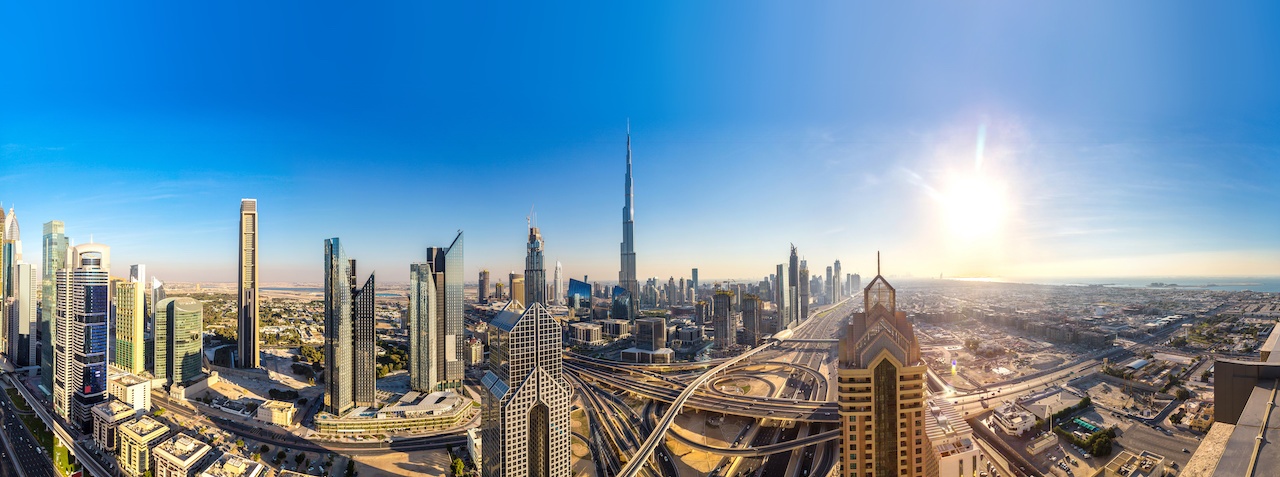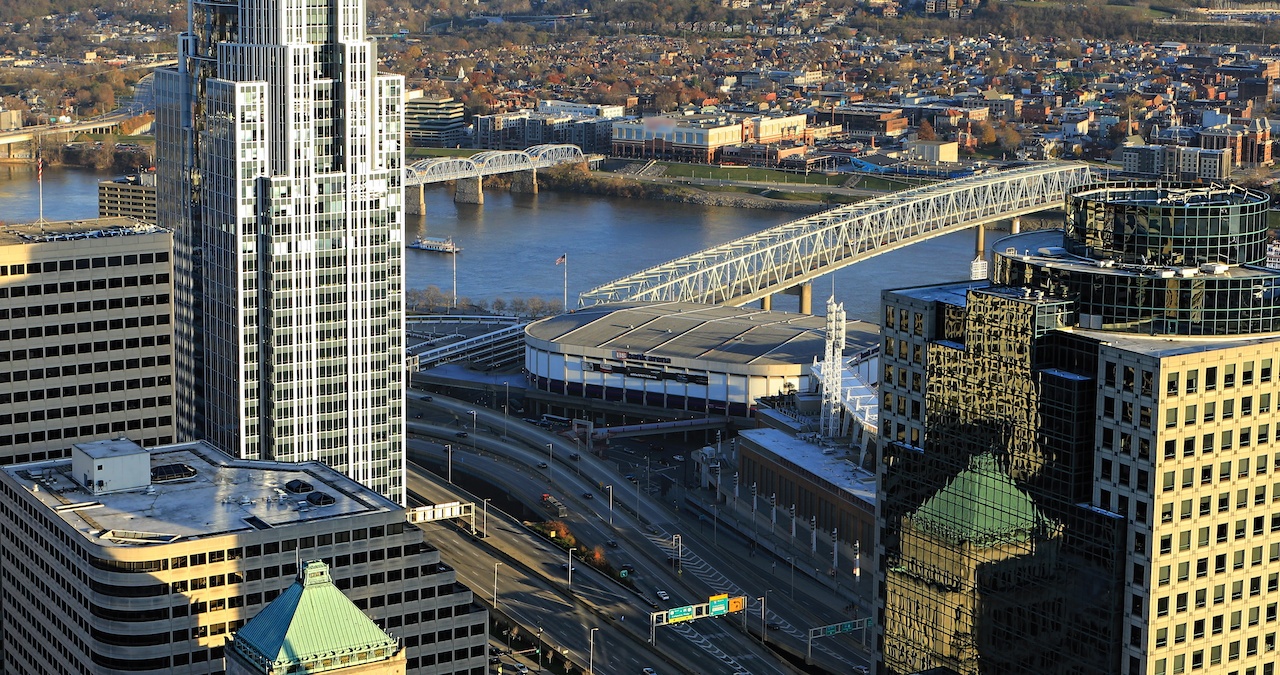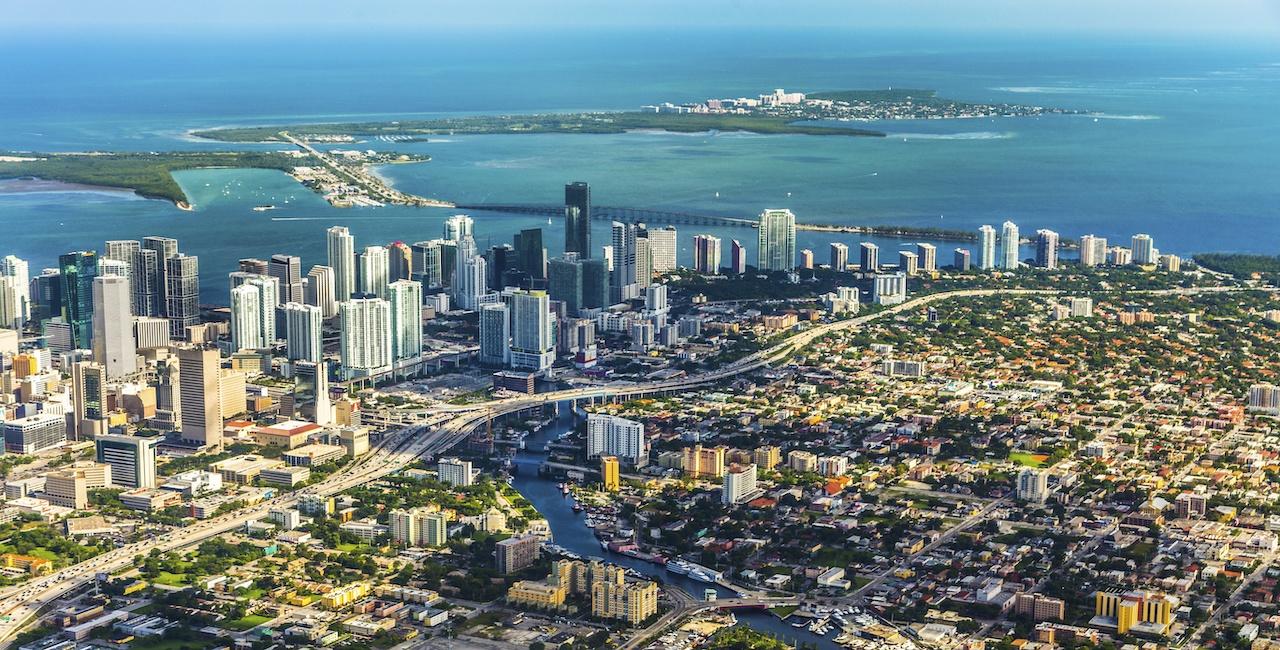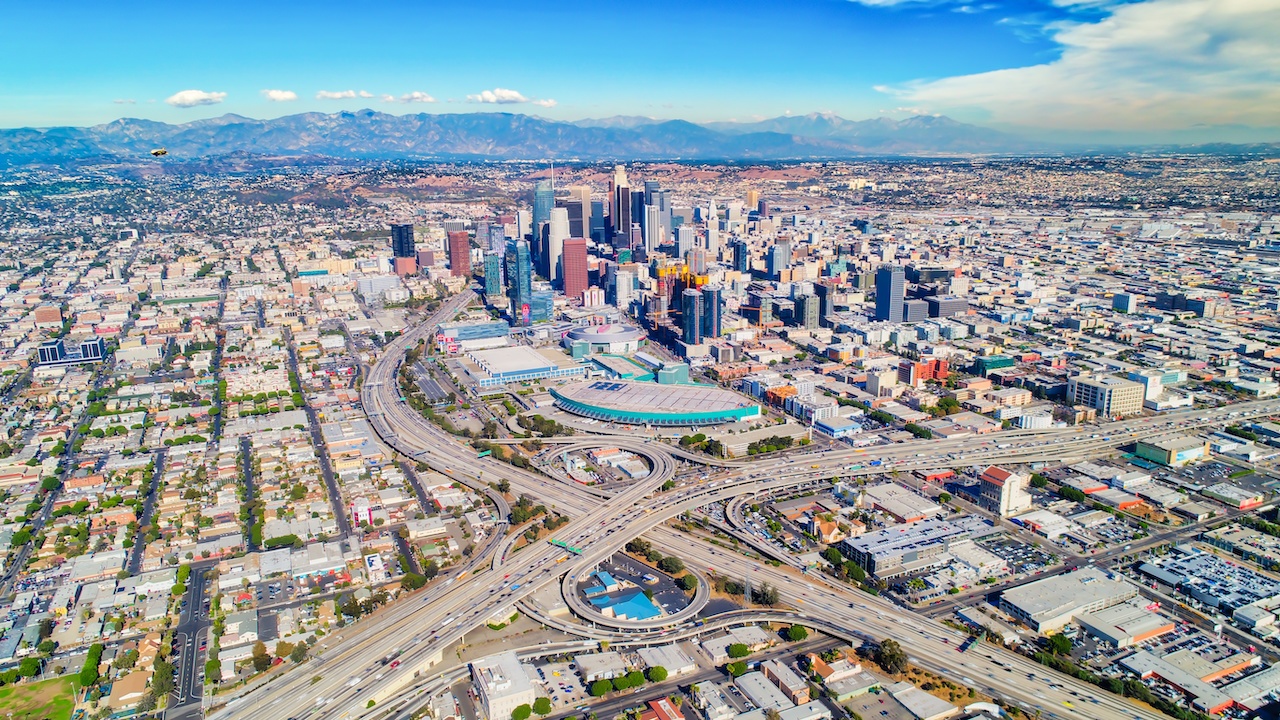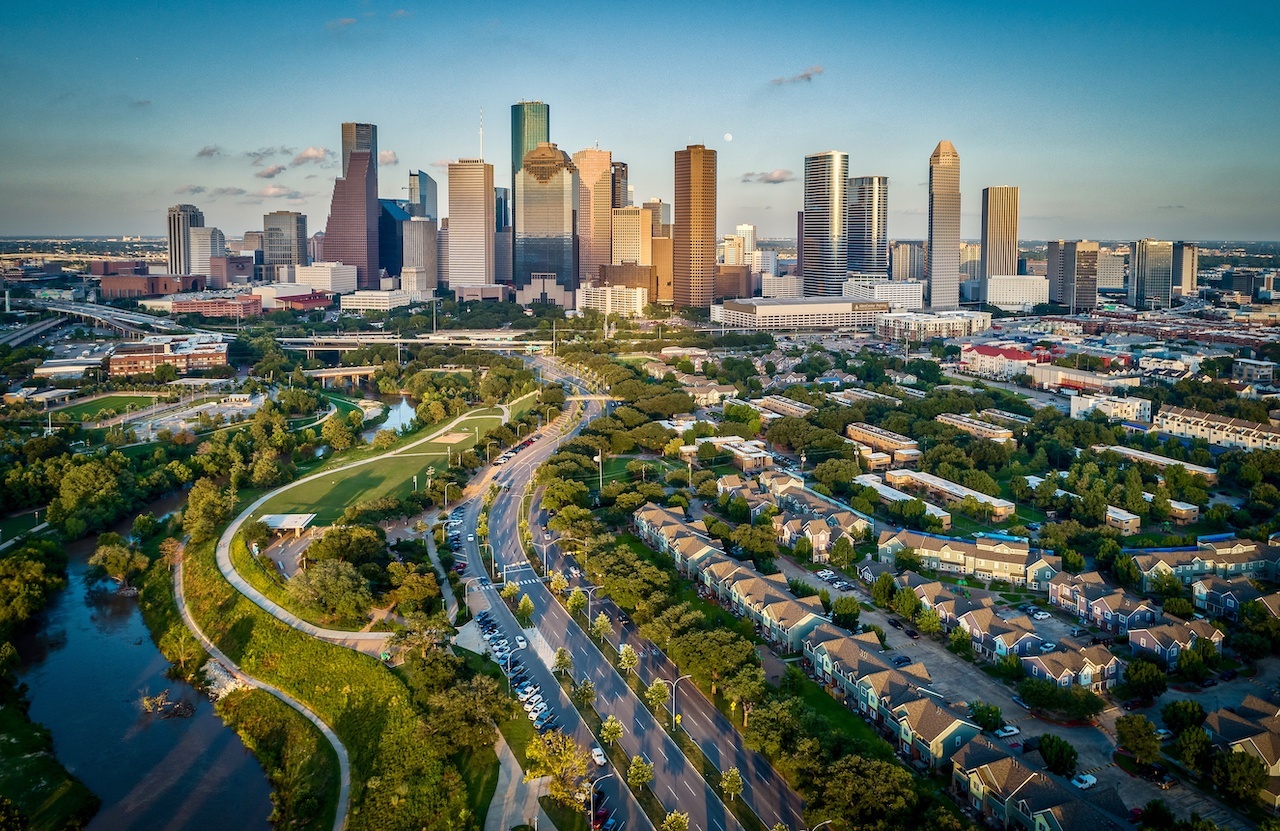Mobility
A broad category of content focused on mobility-related topics in cities.
Examples: public transit, shared mobility, multi-modal mobility, micro-mobility, autonomous vehicles, parking, transportation planning
How & Why to Create a Culture of Innovation in Transportation Agencies
Though there are many critical factors in creating and sustaining a culture of innovation, leadership has emerged as perhaps the most critical. A change of administration or staff turnover is one of the most common reasons for why these initiatives end. Therefore, it is important to take the politics out of innovation by ensuring that champions are not all political appointees or nearing retirement.
10 Goals for Fremont Boulevard’s Safe & Smart Corridor
A mid-sized city’s demonstration corridor for innovation in safety, sustainability, and multimodal mobility.
4 Ways Cities are Adopting Mobility as a Service
Has the future of mobility arrived yet? Of course, we haven’t reached our final destination, but there are reasons to feel good about our overall progress. A couple cities have made great strides toward the end goal of MaaS, and their successes should serve as examples to other urban areas and regions considering their own next steps.
Why Parking Issues Should Matter to Cities
The most important aspect of achieving a streamlined parking experience is real-time guidance to all parking options and reliable, live information and updates. If a driver travels downtown and is looking to park somewhere central for a day of shopping, he or she must be made aware of which public on-street parking, surface lots, or garages are full before taking the time to search them for an open space.
Bringing a Human Dimension to Public Transit Planning & Equity in Mobility
Look at how many cities rely on rail systems conceived and constructed a century or more ago. How many of our highways were planned and built a half-century ago? These systems continue to serve societies that are profoundly different from whatever their designers could imagine; societies full of human beings who live their lives in ways that were beyond the minds of the planners at the time.
Zoning for Mass Transit: The Case of Miami-Dade County’s Rapid Transit Zone
New high-rises may be great for ridership and for their future residents, but future residents don’t vote, and they don’t show up to zoning hearings. High-rises are often not so great for the residents of nearby single-family homes – those facing the prospect of towers casting shadows over their yards, thousands of new neighbors, and—gulp—more traffic. And those current residents do vote, and they do show up to zoning hearings.
Self-Driving Ride-Share Service ‘Waymo One’ Has Launched: What’s Next for Cities?
Many of the AV companies developing this technology are developing small shuttles, neighborhood circulators, and other types of micro-transit. These have the ability to travel on neighborhood streets, move multiple passengers and truly transform mobility, especially in sprawling urban areas such as Phoenix. One way to explore these benefits is to build partnerships with AV companies – both those developing micro-transit and those developing more traditional ride-share services.
Autonomous London
AVs can move more people in fewer vehicles on less congested streets compared to private cars. This means that some London streets could be made narrower and spare street space can be reallocated for other uses including bus lanes, cycling lanes, or expanded pavements. Street space can also be released for vegetation, allowing for cleaner streets and better storm water management.
Creating Transit-Oriented Communities in LA
The First-Last Mile Strategic Plan proposes an infrastructure solution, the Metro Pathway, that supports safe, intuitive, legible universally accessible and fun access to transit via protected rolling facilities and bundled streetscape improvements along targeted access routes. The Metro Pathway dramatically increase ridership through an extension of the access shed, and improvements to access quality within the existing shed.
Innovative Urban Transportation Apps for 2020
Over the last 10 years, transit-oriented mobile apps have become increasingly sophisticated, offering ever-more ways for users to plot out, order up, share, and pay for a wide variety of transit options. The following is a run-down of transit apps you should know...The VW Scandal Leads to a Path to Healthier Cities
The U.S. Environmental Protection Agency and the Federal Trade Commission filed a civil complaint against Volkswagen that claimed the automaker installed software in some of its diesel models that enabled emissions controls only when the vehicles were being tested. This software resulted in greater vehicle performance on the road, but also an average on-road emissions nine to 38 times the U.S. limit, which is equivalent to those of a tractor-trailer.
The complaint resulted in a settlement whereby Volkswagen agreed to spend $14.7 billion, a U.S. record for an environmental protection action. These funds are divided into three parts.
Transit and Climate Adaptation = Transit and Equity
The importance of this assessment is to provide information and data that can be used in creating effective policy that impacts transit access for those that are vulnerable during storm events. A vulnerability assessment can be undertaken by combining storm surge and extreme rainfall projections with transit availability characteristics to assess geographic vulnerability in regards to transit access and equity.

